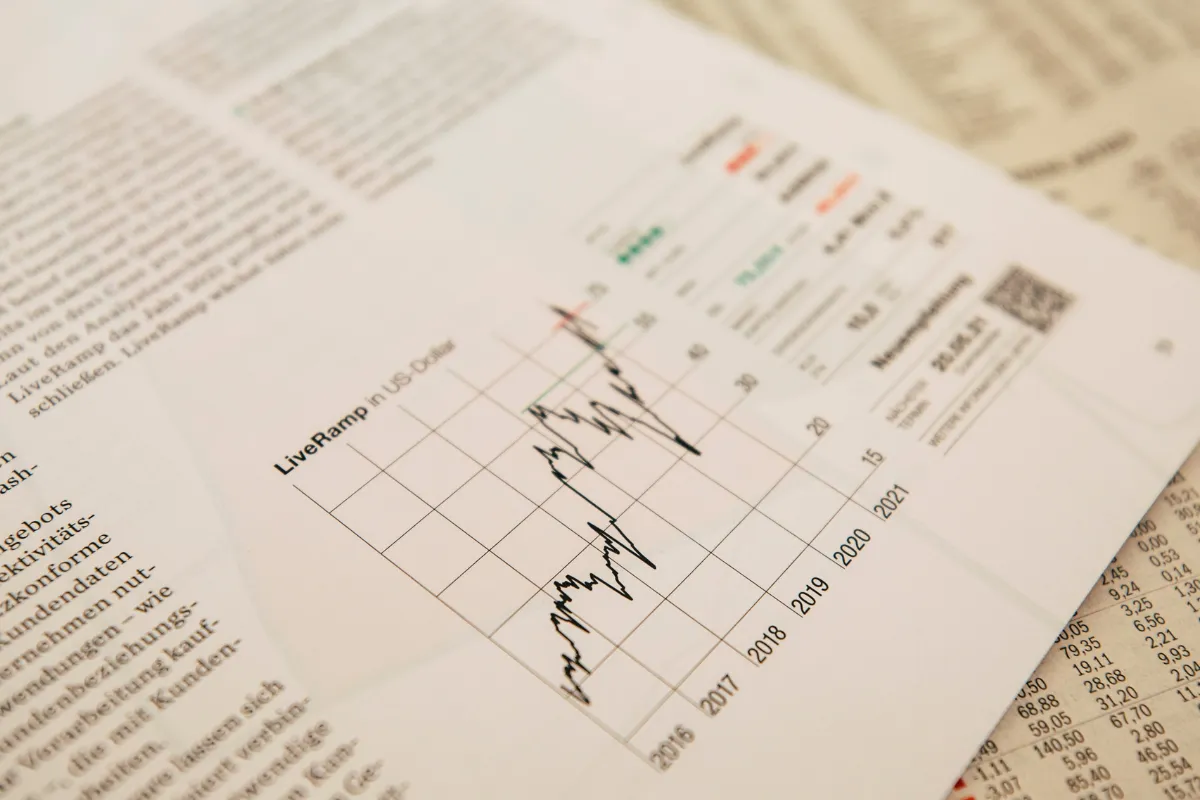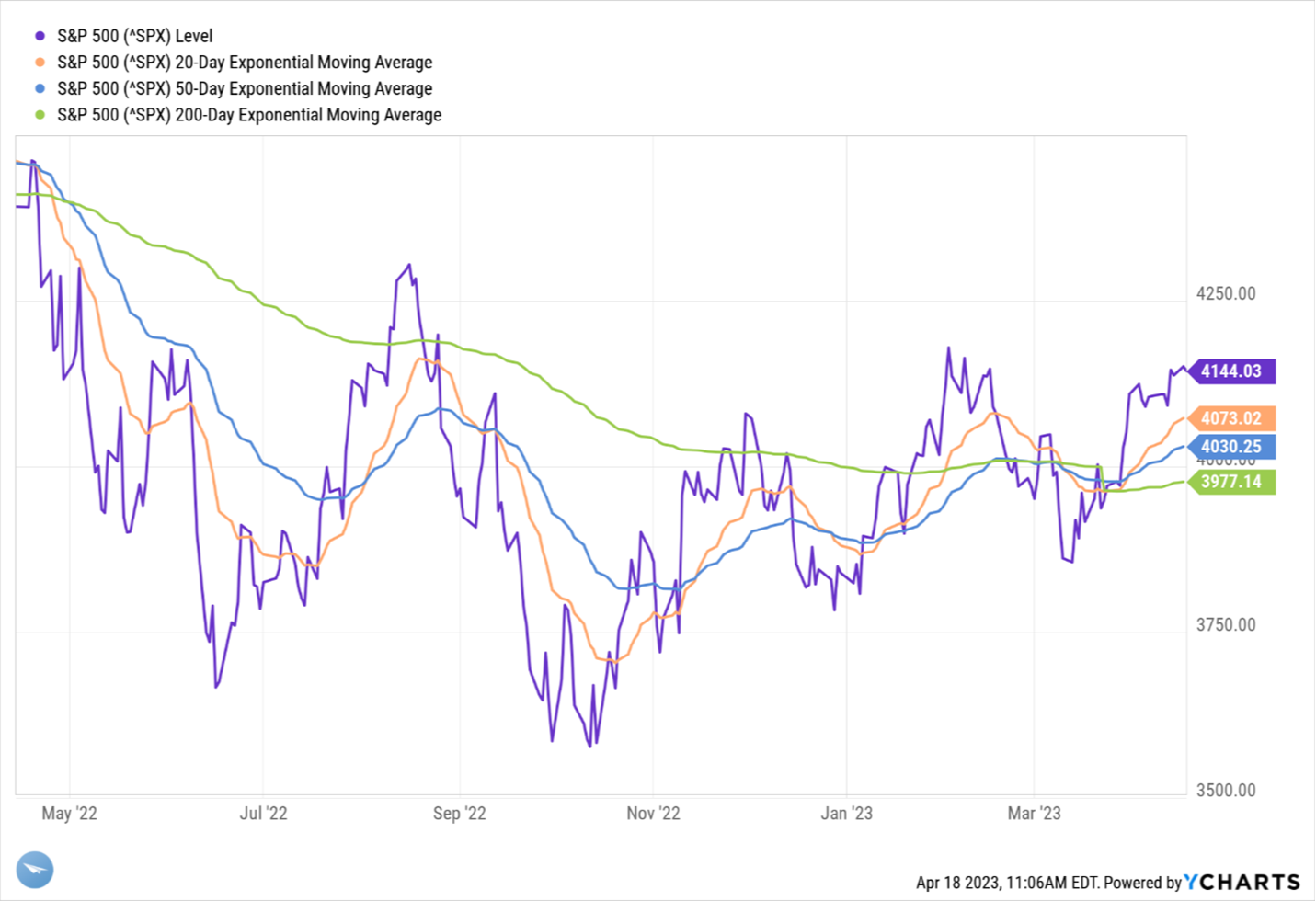
Is US in Recovery or Heading into a Recession?
The Jerome Powell and the Federal Open Market Committee (FOMC) were in a real bind in 2020. They recognize the danger of ultra-low interest rates leading to hyperinflation. However, the coronavirus pandemic superseded economic concerns and the committee paused for the entire year raising the discount interest rate.
In 2022, the pandemic and government restrictions around the world including China’s draconian Zero Tolerance Policy continued to impact societies and the ability for economies to recover. Additional challenges in 2022 included labor shortage as many people choose to live on government subsidies along with shortages of key materials for manufacturing and technology that limited production and the ability for the US economy to pick up momentum.
Unfortunately, the Federal Reserve’s hesitation put them in a bind. On one hand I suspect the FOMC argued that raising rates in 2020 or 2022 would stifle the slow bounce back from the pandemic. On the other hand, the continuation of ultra-low interest rates is procuring trillions in loans at unrealistic and unsustainable interest rates. Evidently by March 2022, the committee’s patience ran out and Jerome Powell, chairman, announced their aggressive rate increase campaign to address now out of control inflation. The committee moved quickly and raised the discount rate in the following 10 meetings pushing up the Prime Lending rate from 3.5% in March 2022 to the current 8.0%. Since 1980, only twice in the years 2008 and 2015 had the Prime Lending rate been at or below 3.5%.
The rapid rise in interest rates caught many businesses, lenders, borrowers, and investors off guard. Former Silicon Valley Bank president, Greg Becker, and his executive team disregarded Jerome’s comments and actually closed hedges against rising interest rates in their multi-trillion bond portfolio betting that the Fed’s were not serious about their rate increase campaign. The result was the financial collapse of a once highly regarding financial institution in San Jose, CA.
The torrid rise in interest rates stopped housing sales in its tracks along with 90% reduction of new mortgage originations by November 2022. Businesses and investors with loans maturing in 2023 are struggling to find options to refinance as the credit market has nearly frozen up as lenders and investors are limiting funds for new loans. Those lenders that are still issuing new loans are reportedly at rates as high as 10% + Prime or 18% for construction or underperforming properties. Currently the credit markets may be tight with unattainable interest rates, but history would indicate that these conditions will not last long term.
However, there are indications the impact of Fed rate campaign is slowly working through the economy and potentially without nationwide economic devastation. No doubt many businesses and individuals have been caught unprepared and will be challenged in the near term. So far, the overall impact on the US economy as a whole seems to be muted.
Last month Realtor.com released their February Housing Trent Report. They stated that the total number of unsold homes, including homes in contract, has increased 13.3% compare to last year. Medium price of homes increased 7.8% annually and are on the market for 67 days or an increase of 23 days compared to 2022.
The west coast has been the hardest hit region and most likely due to the exodus of millions of people and businesses to the mid-west which was the best performing region.
The housing market index released by the National Association of Home Builders also indicated a slow recovery. The index has increased for four consecutive months and is above September’s 2022 level.
Chairman Alicia Huey stated in the report,
"Builders note that additional declines in mortgage rates, to below 6%, will price-in further demand for housing. Nonetheless, the industry continues to be plagued by building material issues, including lack of access to electrical transformer equipment”

Institutional investors seem to be comfortable with the slow progress of the economy. The S&P 500 has slowly rallied and nearing the previous high reached on February 2 and continues the positive upward trend established since October 12, 2022 low. Also positive is the index is well above its 20, 50, 200 Day Moving Averages (DMA). This indicates that the momentum of the upward trend of the index is in both a positive trend and gaining momentum.

The tech sector NASDAQ index is also in the same positive trend as indicated on the chart below.

Year to date, all major indices have positive returns with the NASDAQ recovering the quickest from last year’s decline. Below are the year to date returns of the key indices:
S&P 500: 7.94%
DJIA: 2.12%
NASDAQ: 16.08%
S&P 600 (mid-cap): 2.88%
S&P 400 (small-cap): 0.46%

What Does This Mean to Me?
So far it appears the US economy is slowly assimilating the rapid rise of interest rates. The Federal Reserve is expected to raise the discount rate possibly for the last time in 2023 by 0.25% following their May 2-3 meeting. Economists predict that the delayed impact of changing interest rates is typically 9 – 12 months from when rates are changed. Therefore, the full impact of the 2022 rate increases would be experienced through the first three quarters of 2023.
We will be monitoring economic reports this year on consumer spending, consumer confidence, household debt, unemployment, and business owner sentiment to name a few that will provide possible insight on the health of the economy. At this time, it appears the economy, except for sectors or businesses caught by rising interest rates, may ultimately settle into a stable albeit slow growth trend. It appears that institutional managers have a similar outlook that have been steadily adding stocks to their portfolios since October 12, 2022.
It is also worth noting that since 1951, the S&P 500 All-Time Price Annual Returns is 7.72% (down from historic annualized return of 9.37% reached on December 1999). For the first time since 2008, the fixed income and bond markets are again competitive to the returns typical of the stock market. Currently, institutionally issued CD six-month rates at 5% are only 2.27% below the historic average of the S&P 500 with virtually no risk. Nervous or conservative investors have options to invest in fixed income with reasonable yields that have not existed for decades. The diversification of investor portfolios into fixed income will potentially assist in stabilizing the credit markets and smooth out stock market volatility.
Let us know your thoughts on this Weekly Brief or questions about your financial planning. We welcome the opportunity to be of assistance.
CONTACT
Check the background of your financial professional on FINRA's BrokerCheck.
The content is developed from sources believed to be providing accurate information. The information in this material is not intended as tax or legal advice. Please consult legal or tax professionals for specific information regarding your individual situation. Some of this material was developed and produced by FMG Suite to provide information on a topic that may be of interest. FMG Suite is not affiliated with the named representative, broker - dealer, state - or SEC - registered investment advisory firm. The opinions expressed and material provided are for general information, and should not be considered a solicitation for the purchase or sale of any security.
We take protecting your data and privacy very seriously. As of January 1, 2020 the California Consumer Privacy Act (CCPA) suggests the following link as an extra measure to safeguard your data: Do not sell my personal information.
The information on this website is the opinion of Up Capital Management and does not constitute investment advice or an offer to invest or to provide management services. Before purchasing any investment, a prospective investor should consult with its own investment, accounting, legal, and tax advisers to evaluate independently the risks, consequences, and suitability of any investment.
Copyright 2024 | Privacy Policy | Terms & Conditions

